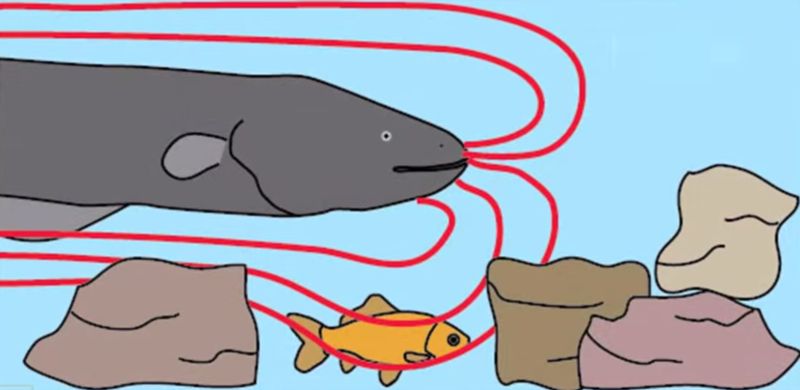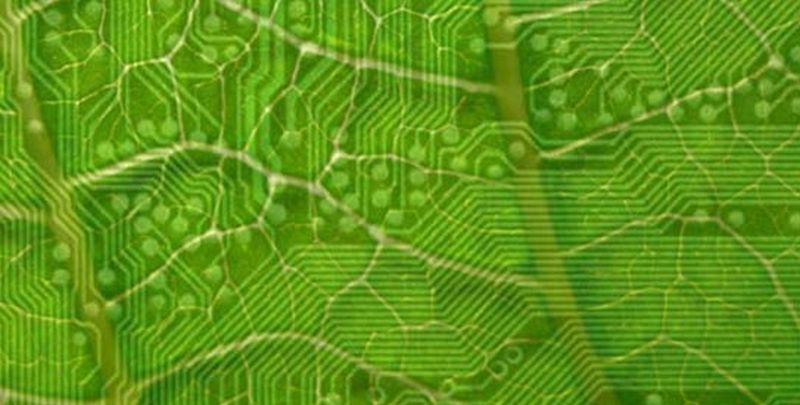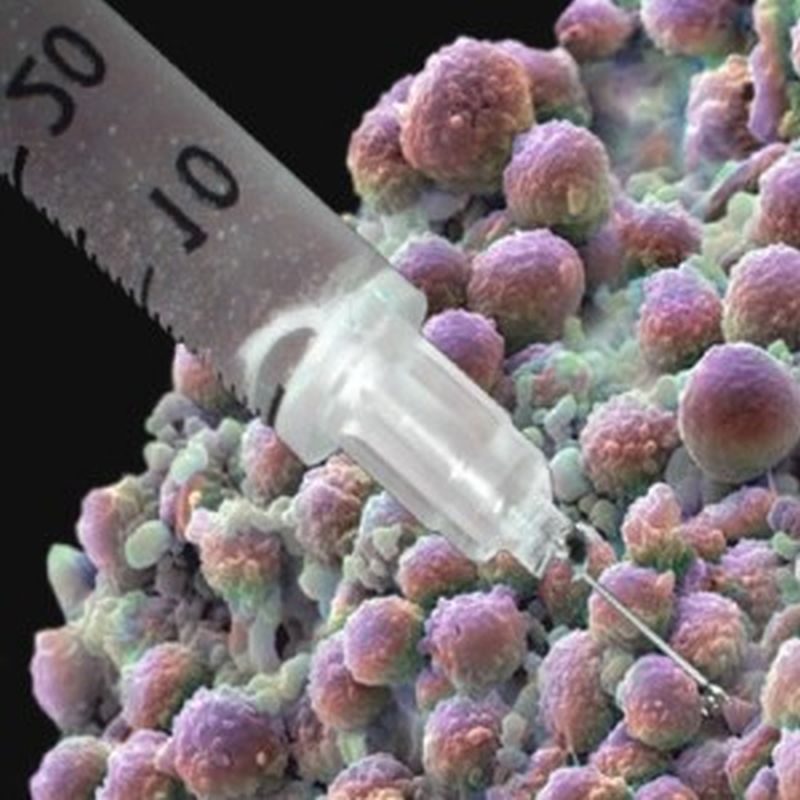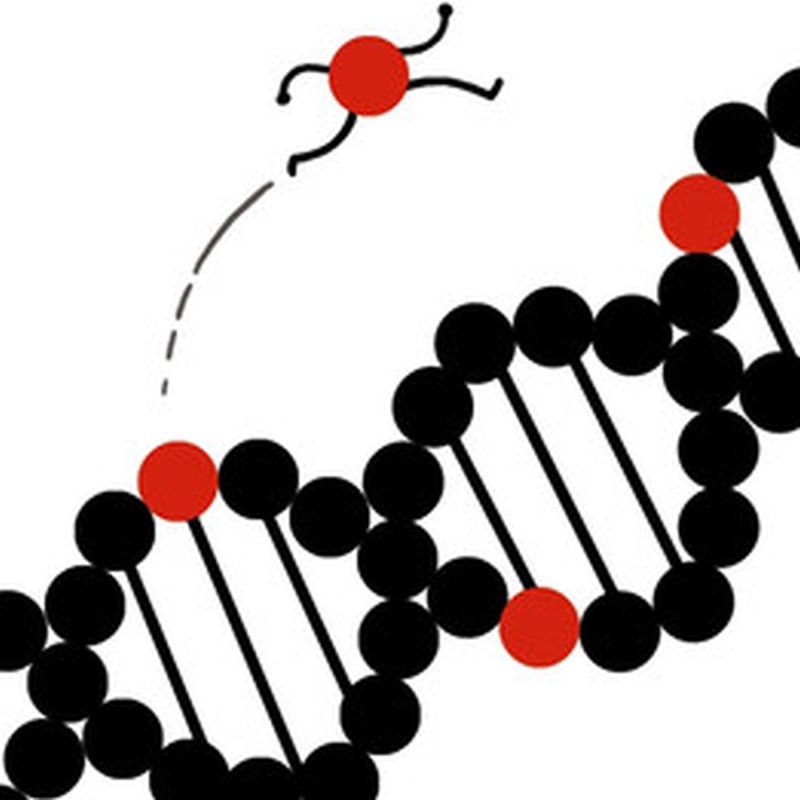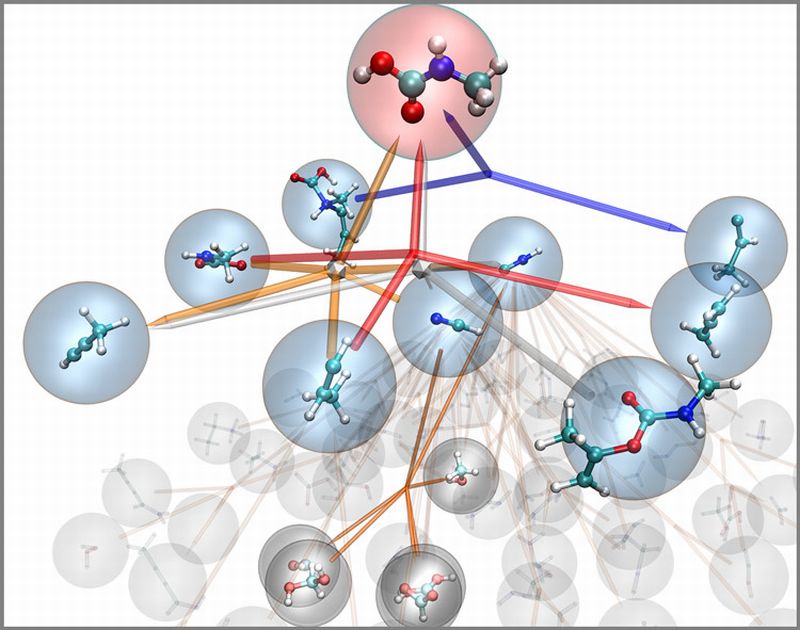Even the most cutting edge technology in prosthetic limbs cannot identify the sensory capabilities of real skin. Although, its manipulation and controls are done with the help of attached muscles and brain yet there have been no way out for detecting the coldness or hotness of a glass its holding. Neither can the wearer detect whether a glass is slipping out of its appendage’s grasp. However, things would no more be the same now, for prosthetics. Korean researchers in collaboration U.S. experts have fabricated an innovative polymer that mimics not…
Read MoreTag: research
Nanobuds based Bendable and Flexible Touch Sensor: Touch Screens to New Applications
A Finnish startup, Canatu, has come up with a touch sensor based on transparent films that are fabricated from carbon nanobuds (CNB). What’s interesting about the (CNB based) innovative sensors is that they can be adjusted and can be turned on any surface irrespective of its background shape. For instance, it could be applied on the touch controls of curved surface of automobile dashboard or any gaming consoles or play stations.
Read MoreElectric Eel can remotely Control its Prey: Hijacking Neural Pathways
Recent research has surfaced eels’ ability of using shock waves to incapacitate as well as manipulate prey. The predators either discharge a single zap or produce high torrents of voltage causing fish to experience massive involuntary muscle spasms. In some cases, the shocking tactics is used by the eels to generate minor muscle twitches in prey only to get acquaint with their location, the working is similar to that of a sonar. Muscle powered biological batteries is what keeps these eels an edge of discharging nearly 600 volts. This is…
Read MoreImpression of Human Brain discovered on Mars: Athabasca Region of the Red Planet
Recent image received by NASA clarifies the fact that once the Martian surface was saturated by volcanoes. The image has a semblance of a human brain (pictured above) and it stretches over a distance of approximately 1.2 miles. The agency has called it the ‘circular island’ since it appears to be an island encircled by smoothly flowing magma.
Read MoreAffordable Artificial Leaf to produce Clean Hydrogen Fuel: Nanowire Mesh for Direct Solar Water Splitting
Today nations across the world are trying to cut down their greenhouse gas emissions. Alternative energy sources are being tried and tested to replace non-renewable fuel sources and in this race, hydrogen fuel also known as zero emission fuel, definitely seems to have a promising future. Many automobile companies are doing R & D to come up with hydrogen fuel cell vehicles in the auto market. Unfortunately, availability of naturally occurring pure hydrogen on Earth is very limited and therefore, production of hydrogen gas requires tremendous energy. To overcome this…
Read MoreWorld’s First Rope-Free Maglev Elevator System: The Z-Axis Travel
In an effort to reduce or make walking time obsolete, elevators are going to have an overall overhauling. Based on the technology of magnetic levitation, the revamped elevators would then be able to go sideways as well. By 2016, ThyssenKrupp AG, a German multinational conglomerate corporation is coming up with the two-axis travel that will usher the era of Maglev elevators within an intra-building infrastructure.
Read MoreBreast Cancer Cure to come with Fewer Side Effects: Vaccine shows Promise in Trial
Breast cancer is one of the leading cancer types to be reported in females worldwide. Although new and improved techniques for detecting and treating breast cancer have been developed, yet many unfortunate ones succumb to this deadly disease in their battle against it.
Read MoreElectricity producing Trees: Plastic Leaves to Create Power
Very soon, we might witness our streets and garden lined up with electricity producing trees. Unbelievable but true. Couple of French engineers have designed an artificial tree that uses wind energy to produce electricity. The electricity producing, Wind Tree will be available in the market by 2015. Founder of start-up Parisian, Jerome Michaud-Lariviere says that he came up with the idea of wind tree when he saw leaves quivering in the absence of air currents, which means energy is coming from somewhere and it possible can be morphed into watts.
Read MorePepper selling Espresso Machines in Japan: Humanoid to collect Customers’ Opinions
George Clooney, the brand ambassador of Nespresso has a stiff competition now, I say stiff because the new face is cute, chatty & cuddly and it happens to be an android. Pepper is the name of the droid that Nestle has lately launched. It’s not just a single robot but a fleet to bots taking the Japanese stores. The four feet tall bot has a cute human like face mounted on top of a plastic body. The interface in tablet form is located at the chest of the machine while…
Read MoreHuman Waste to morph into Rocket Fuel: Methane powered Spacecrafts
A research team from the University of Florida has found a way to transform human waste into something as useful as a rocket fuel. Until now the waste produced during space missions were stored which was later burnt while entering Earth’s atmosphere, when the space cargo vehicle loaded with waste returns. However, between 2019 and 2024, NASA plans to build an operating base on moon for initiating future long-term space missions that would require a way to cut down the weight of spacecraft leaving Earth. Clearly, neither dumping waste on…
Read MoreToxin Genes jumped from Bacteria into Animals: Defense Mechanism via Gene Transfer
Bacteria are the first organisms known to exist in the history of life on the planet Earth. Taken the time period into consideration, these micro-organisms have had surplus at their disposal hence, we can say that they have the ‘edge’ of thriving even on the bare minimum life supporting elements. This unique ability of bacteria has made one of the major reasons for researchers to study more about them. Harsh environment signifies very less or no availability of nutrients, consequent upon which the microorganisms require fighting for their survival. So what…
Read MoreSuneris VetiGel: Superfast Bioresorbable Clotting Agent
The first and the foremost step in treating any kind of injury is to cease blood loss. Though our body has its own mechanism to stop blood loss through formation of blood clots. But during severe injuries, our body struggle to stop blood loss and excessive blood loss is life threatening. Therefore, scientists are researching to find new ways to minimize blood loss during injuries.
Read MoreXenen Disinfection Robot: A Silent Ebola Killer
Ebola disease is one of the most discussed topic these days. Vaccines or specific treatment for the deadly Ebola virus is not yet found. And therefore, medical expert emphasize on taking necessary precautions.
Read MoreNanoreactor developed for Discovering New Chemical Reactions: Virtual Chemistry Set
In order to replicate ecosystem and chemical origin of life, Stanley Miller, under the supervision of Harold Urey, performed the breakthrough Urey-Miller experiment in 1952. The experiment initiated more than 20 major molecules that form the integral part of life. A team of researchers at Stanford believes that they can do one-step better.
Read MoreSupplements do not Enhance an Individual’s Cognitive Performance: Balanced Diet is the Key
For long, B group vitamins, especially B6, B12 and folic acid has been considered playing a pivotal role in keeping the human’s brain healthy. They are known to boost memory and avert risk of disease such as Alzheimer’s disease. Because of these benefits, the vitamin B has become a part of a healthy diet.
Read More

